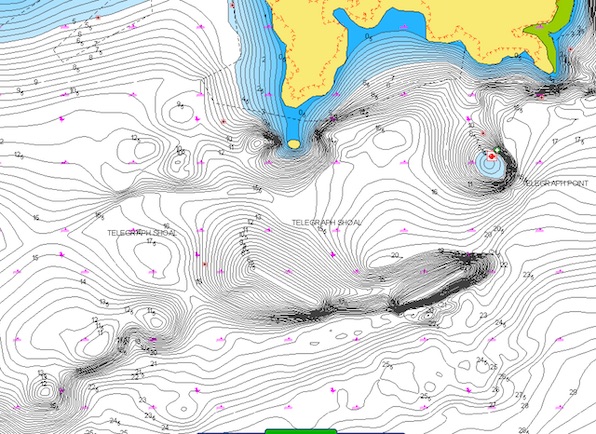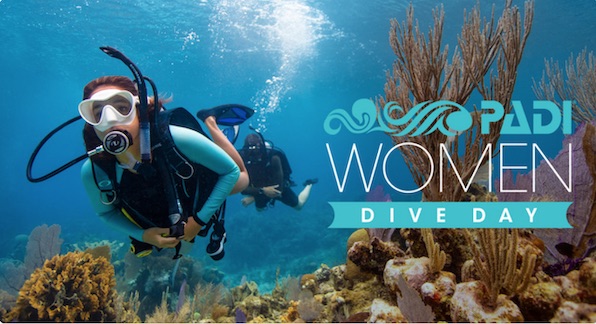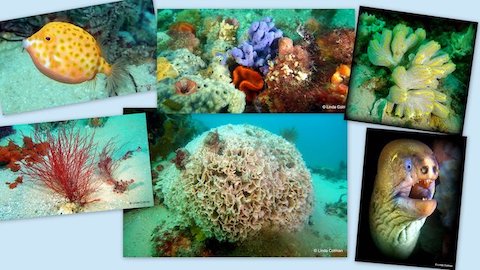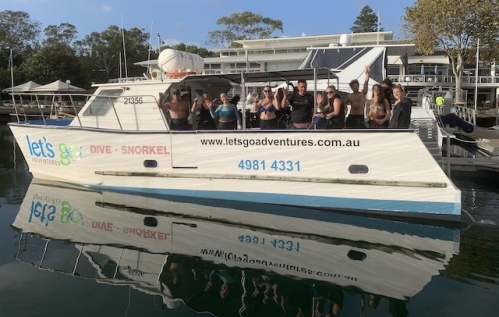You have 0 product(s) in your cart.
Blog
East Coast Population Grey Nurse Sharks
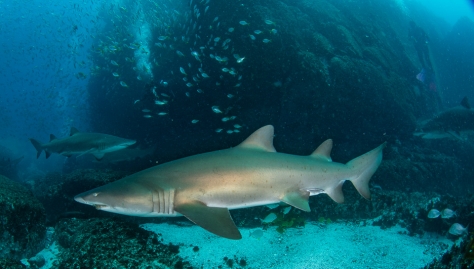
The 'Environment Protection and Biodiversity Conservation Act' 1999 states that the East Coast population of Grey Nurse Sharks (Carcharias taurus) is critically endangered.
It is estimated that, within the East Coast population, there is only 1100-1600 individuals remaining, with a continued decline of mature individuals.
This species is threaten by anthropogenic activities, especially fishing and harvesting, shark nets, discarded fishing equipment, the shark fin trade and global warming. Sharks are critical to ecosystem productivity as they consume mesopredators, keeping ecosystems in equilibrium. Shark abundance is often an indicator of ecosystem health!
Grey Nurse Sharks become sexually mature when they reach around 2.2m and can reach up to 3.6m in total length! On average, males mature up to 2 years earlier than females, between the age of 4-6. Females typically have a low reprioduction rate, with a gestation period lasting between 9-12 months and occuring only every 2 years. GNS are ovoviviparious, meaning females give births to pups after they have hatched from eggs within the uterus.
Low reproductive rates may be a contributing factor to the species decline.
Sharks are worth so much more alive, attracting tourists from all over the world to dive with them, creating jobs and tourism revenue.
We encourage you to help us conserve this species by uploading any past or current photos you have of Grey Nurse Sharks to either 'Spot a Shark' or 'inaturalist'. These websites are data bases studying the global movements of sharks with the aim of filling the knowledge gap between conservation and shark behaviour. You can also help conserve shark populations by using the Australian Marine Conservation Society's 'Sustainable Seafood Guide'. You can find this here: https://www.sustainableseafood.org.au
We thank you in advance for you efforts to help conserve the Grey Nurse Shark species.
Written by Kristen McSpadden.
